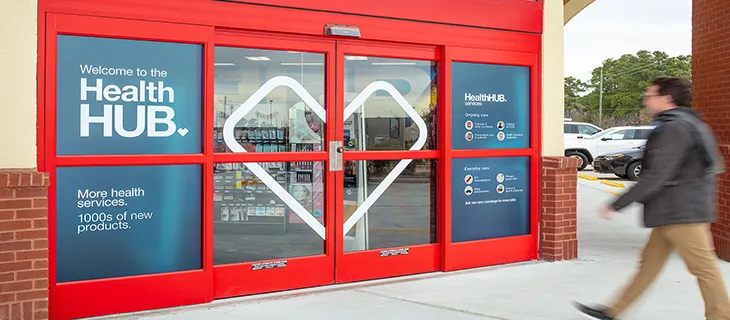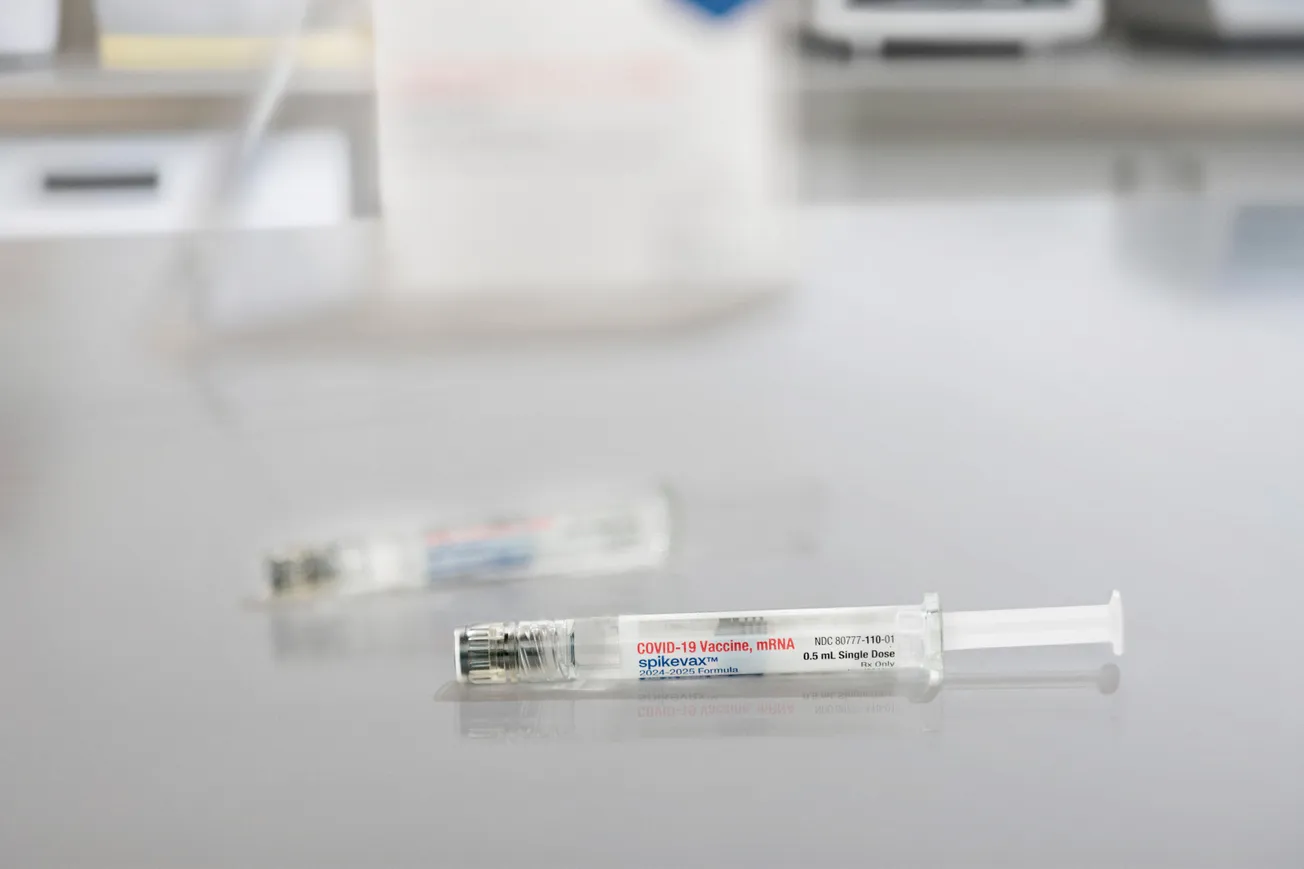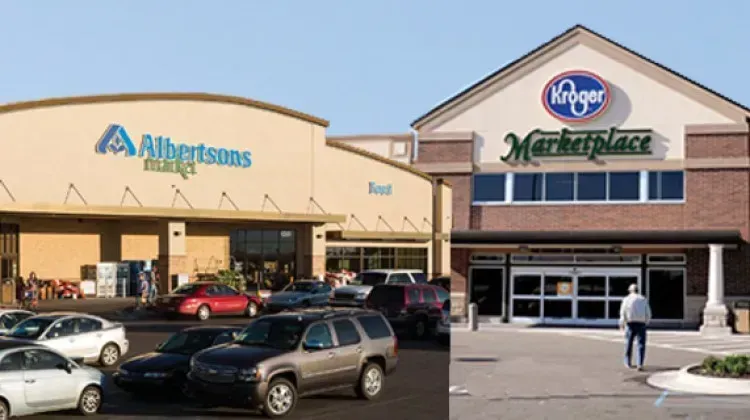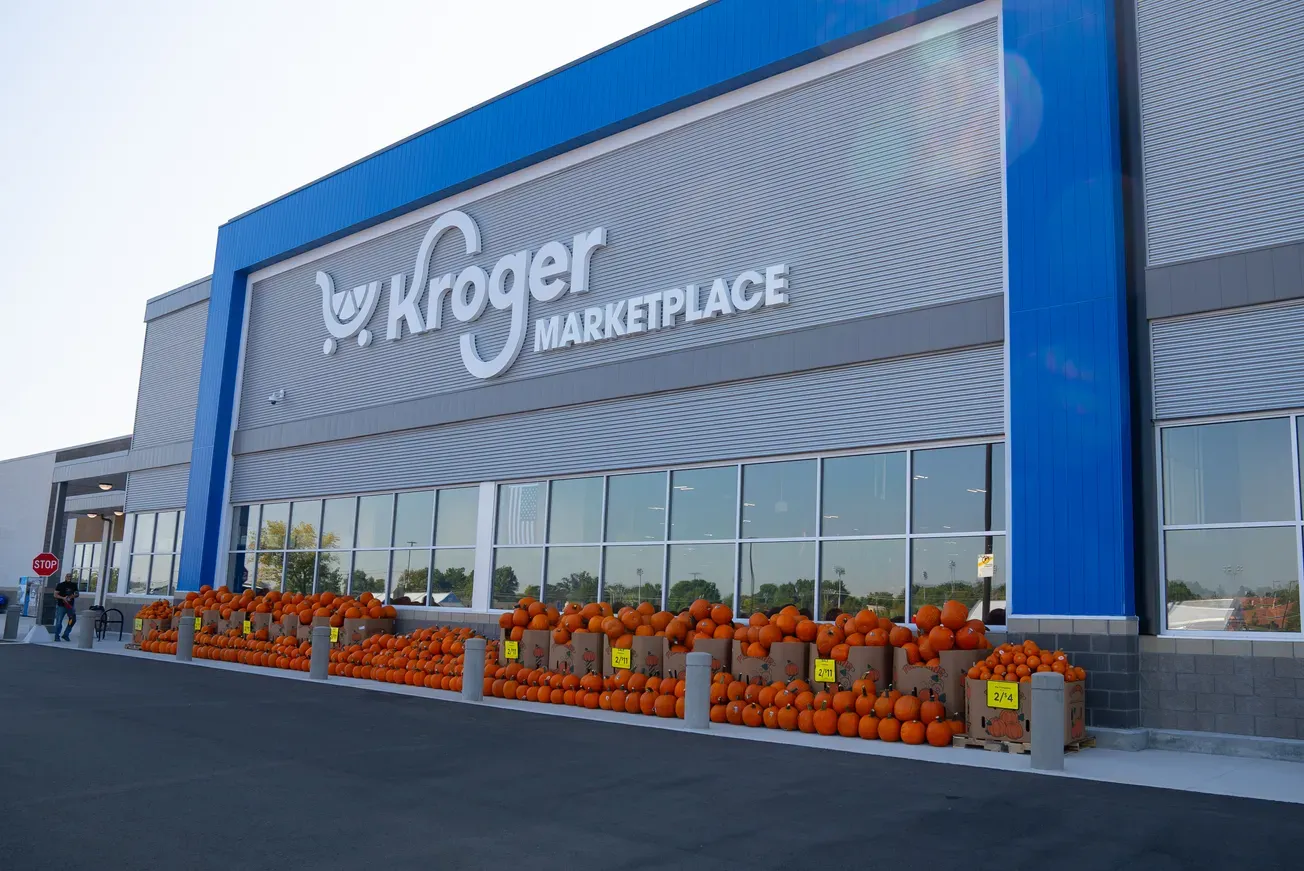WOONSOCKET, R.I. — The future of health care in this country will center on ecosystems that span the continuum of care. A number of entities, including companies with roots in chain pharmacy, are in the process of altering their business model to align with the new paradigm. None of them is further along in assembling a comprehensive suite of relevant resources than CVS Health.

Karen Lynch
The company, which ranks fourth in the Fortune 500, has solidified a leadership position in community and specialty pharmacy, pharmacy benefits management, and health insurance, while continuing to build and acquire assets that will enable it to provide seamless, omnichannel solutions for patients and payers. In recognition of those accomplishments — and CVS’ consistently strong financial performance — the editors of Chain Drug Review have named the company Health Care Provider of the Year.
“There are a number of things that we wanted to do relative to our strategy,” says Karen Lynch, who was named president and chief executive officer of CVS Health in early 2021, after serving as president of its Aetna division. “The first was to expand into health services and advance our health service offerings. The second was to build more of a longitudinal relationship with customers through primary care. The third was really to engage with customers through an omnichannel approach — meet them where they wanted to be met in their health care journey.And finally, we wanted to improve health care through technology and digital capabilities.
“What we’ve done this year is extend our reach into health services by announcing the acquisition of Signify Health, which gives us a very broad platform for reaching into the home. With that transaction, we also got provider enablement capability. So we’re making good progress on what we said we wanted to do strategically.”
CVS agreed to pay some $8 billion for Signify last September. The addition of the Dallas-based company will augment CVS’ capabilities in several important respects.
“Signify is a strong leader in value-based care, and it will be a critical part of our business model going forward,” Lynch says. “Signify is a leader in overall health risk assessments, and it enhances our connection to consumers, which will lead to better outcomes. Interestingly enough, Signify also has built a network of more than 10,000 clinicians across all 50 states, and it has a nationwide value-based provider network.
“Their clinicians and providers will have a great impact on our ecosystem, because our people will be in the home and they’ll help individuals with continuity of care. It’s not just about doing risk assessments.
“You have the opportunity to open the refrigerator to see if the patient is eating properly and consider other factors related to health in the home environment, and determine if they need follow-up care. The people at Signify can make sure that those patients get their return to care in the appropriate setting. Taken together, it’s a significant platform for us to build upon.”
Advances in treatment and concerns about rising costs have fueled a trend toward treating conditions at home that used to require hospitalization. CVS is ready to facilitate the transition.
“More and more people are becoming comfortable with home care delivery,” notes Lynch. “The pandemic has changed the way consumers engage in the health care system, so the home is increasingly relevant. CVS Health is at the beginning, but we have a strong foundation between Signify, with one of the larger home care platforms, and CVS Pharmacy, with one of the larger retail health platforms. We can marry the two and make it very convenient and accessible for patients.”
With its extensive provider network, Signify will help CVS increase its involvement in primary care. Lynch has made it clear that accelerating growth in that sector is a high priority, fueling speculation that an acquisition could be imminent.
“We want to extend into primary care services, which means bolstering our primary care presence,” she says. “But we’re taking a very deliberate and disciplined approach. We want to make sure that we can get an asset that can scale, that has a strong tech platform and a strong management team, and that has a pathway to profitability. We continue to evaluate options, but I’ve been very clear that we’ll only do the right deal at the right time.”
A new member of CVS Health’s management team will play a pivotal part in integrating and deploying the company’s burgeoning capabilities. Dr. Amar Desai joined CVS in October as president of the newly formed Health Care Delivery group.
“As we embarked on our strategy, we brought in people to align with and support it,” notes Lynch. “Amar is a physician by training and has a very strong background in clinical delivery, so he’s working to further refine our strategy around clinical delivery in the home and in our retail health locations, as well as around how we think about digital connections.”
Other recent additions to the company’s executive leadership team (many of whose members are profiled in this section) include Tilak Mandadi, executive vice president and chief data, digital and technology officer — a new role — and Violetta Ostafin, executive vice president and chief strategy officer. In addition, Sree Chaguturo was appointed chief medical officer last spring, and Michelle Peluso and Prem Shah were named copresidents of CVS Pharmacy in the beginning of 2022.
The significant steps that the company took during the past 12 months to lay the groundwork for the future didn’t prevent it from making important tactical gains. Those advances focused on improving the points where CVS interacts with patients and customers.
“We’ve been doing a lot of work to create convenience, simplify health care and lower costs,” Lynch says. “We did a number of product enhancements, including low-cost or no-cost MinuteClinic visits. We’ve been driving growth in our medical and pharmacy businesses, and we’ve been continuing to make pharmacy much more convenient by using digital capabilities. As a result, we’re seeing improved engagement with our customers and improved pharmacy adherence. So good progress overall.”
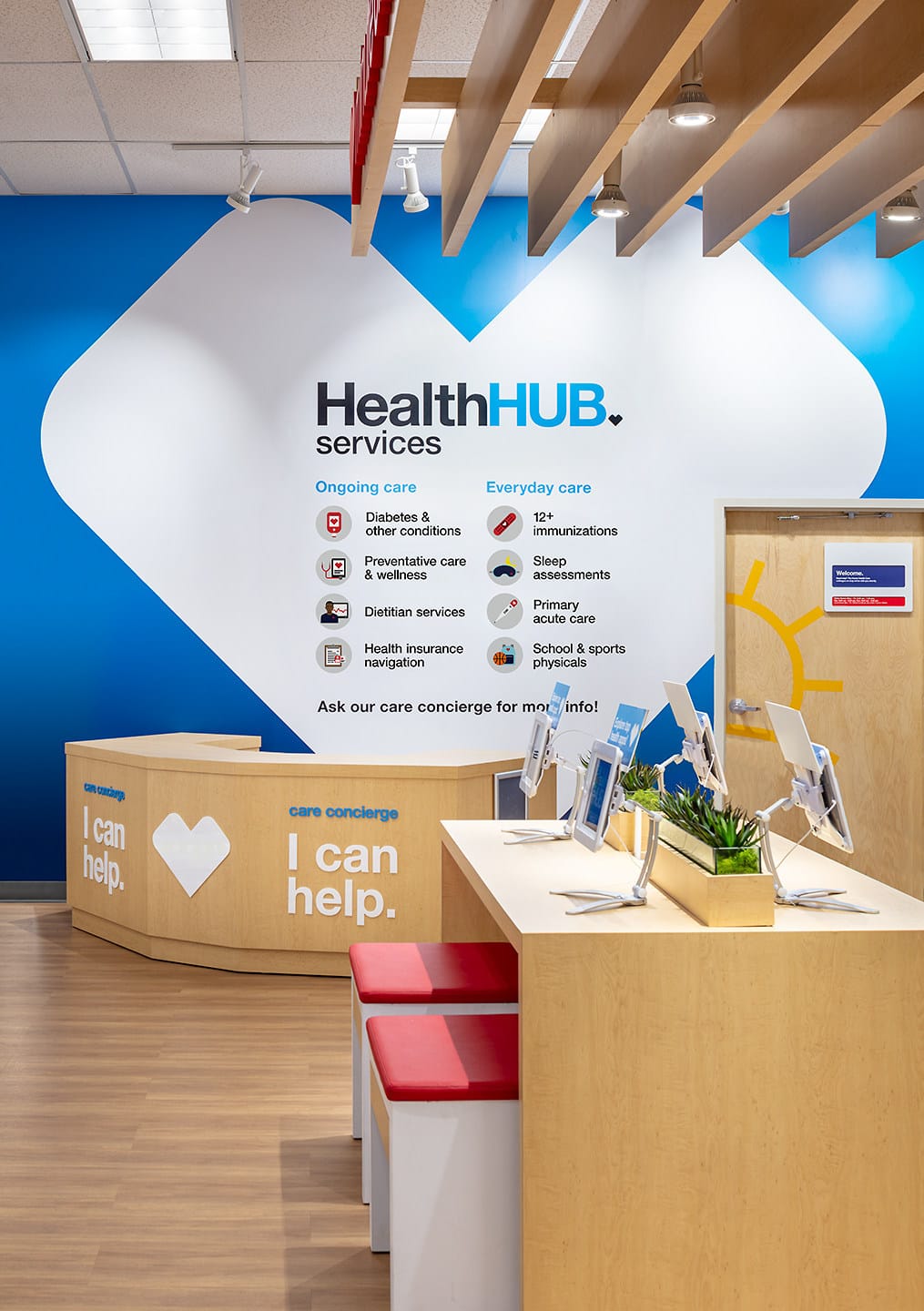
HealthHUB services and Care Concierge desk inside a CVS Pharmacy store
The first thing that most people think of when they hear CVS is the eponymous drug chain. With some 9,000 stores, about 1,500 of which include either a HealthHUB or MinuteClinic, CVS Pharmacy is the front door to health care for many Americans.
“People want to access health care where and when it’s convenient to them,” comments Lynch. “If you step back and look at what’s happened in the industry, the pandemic really changed consumers’ expectations. Consumers really want a convenient and accessible approach — meaning that, if there’s a community destination, they want to use that, or be able to make use of virtual capabilities or digital connections. CVS hits the mark on all counts.
“The community destinations play a critical role for us, because health care is very local. What we learned during the pandemic is that people now consider CVS a health destination. We’re trying to make sure that we provide all access points to health care for all consumers.”
The prescription counter remains the focal point of the store, and CVS actively supports legislative and regulatory changes that would enable pharmacists to practice at the top of their license. At the same time, the company wants to build stronger connections between pharmacy and other parts of the store, according to Lynch.
“Over-the-counter health care products are a growing component of our sales, particularly as we grow our Medicare and Medicaid business,” she says. “We’re payer agnostic, and as more health plans continue to add O-T-C benefits, that gives us an opportunity to grow in the front store.”
Even as CVS pharmacies have taken on a higher profile, the explosion of omnichannel options has prompted the company to rationalize its store base. CVS shuttered 300 stores last year, and it plans to close a total of 600 more in 2023 and 2024.
What goes on in the store will change along with the needs and wants of customers, according to Lynch: “We’ll continue to evaluate how the market is evolving. The point that we’ve been trying to make is that consumers should have choices in how health care is delivered, and we want to be able to meet them where they want to be met. Some people choose to come into the stores to pick up their products, others want them delivered. We’re continually evaluating our footprint and the shape of the stores as we see more uptake in our omnichannel offerings.”
CVS Health possesses a formidable array of technological tools. In addition to accessing products and information on cvs.com, customers can connect with the company digitally to schedule an appointment, order a prescription refill or visit with a health care provider virtually.
“We went from 15 million digital engagements to over 46 million unique digital customers in recent years, so we’ve made tremendous progress on engagement,” Lynch says.
“We recently rolled out new capabilities in digital pharmacy. When a person leaves the doctor’s office and they have a prescription, immediately the customer is getting a text message to let them know that the prescription has been written. The customer also has the ability to say when they want to pick up the prescription or have it delivered to them, as well as find out what the co-pay will be. As a result of tools like this, we can see customers increasing their use of digital connections.”
One part of CVS Health’s business that often draws criticism is its pharmacy benefits management division, the largest in the country. Many pharmacy advocates contend that PBMs have driven down their profit margins to unacceptable levels. Lynch sees the issue from a different perspective.
“Caremark has had a strong track record of managing pharmacy costs across the board,” she says. “Our numbers show that we’ve managed pharmacy trend to low single digits over a long period of time. It all goes back to how do you make health care more affordable? PBMs have been playing a big role in working toward that goal.”
The company’s efforts to rein in health care costs dovetail with its contributions in the fight against health disparities. Spearheaded by Dr. Joneigh Khaldun, who became chief health equity officer this summer, CVS is addressing social determinants of health as it strives to make quality care more accessible and affordable.
“We’re working very closely with communities, because our view is that everyone has the right to fair and just health,” notes Lynch. “We’re working with partners to invest in local housing.And we’ve provided more than 159 million meals for people who are food insecure in partnership with Feeding America.
“During the pandemic, we brought mobile units to underprivileged communities to administer vaccines. And last year we hosted about 1,700 biometric screening events through our Project Health initiative and provided free screenings to more than 42,000 patients. A big part of our strategy is tackling the issues facing America relative to health inequity.”
With the breadth and depth of its ecosystem, CVS is arguably better positioned than any other entity to help people in communities across the U.S. achieve optimal health. But Lynch and her colleagues aren’t about to let the company rest on its laurels.
“We have a well-defined strategy,” she says. “I’ve been very clear about expanding our reach in health services, including home care, primary care and provider enablement. We’ll continually evaluate our offerings, and extend and expand as customers’ needs change. The common goal in everything we do is to improve the health of Americans.”

